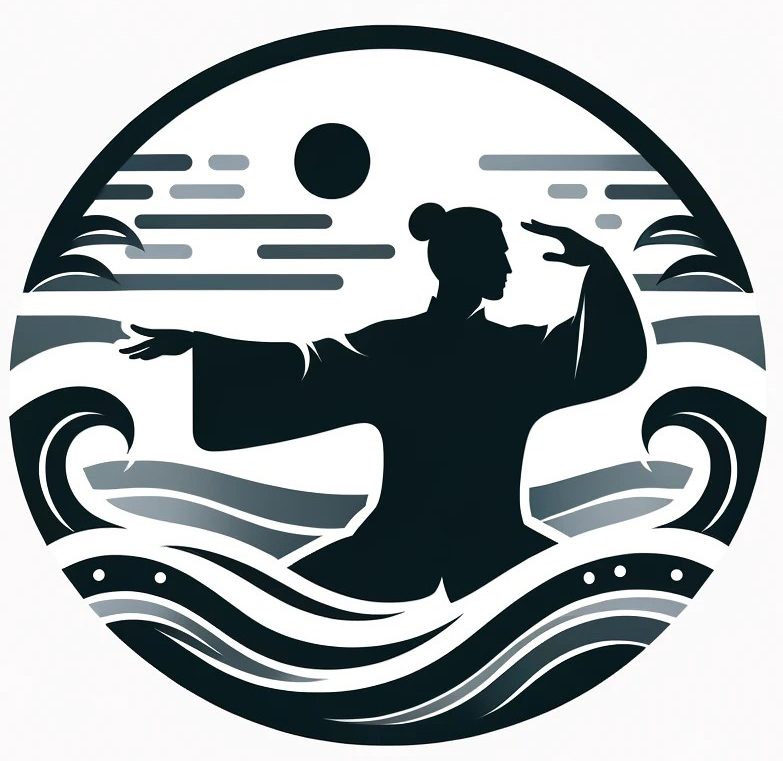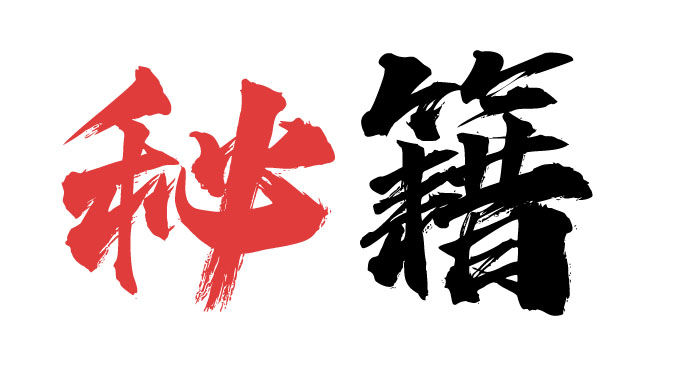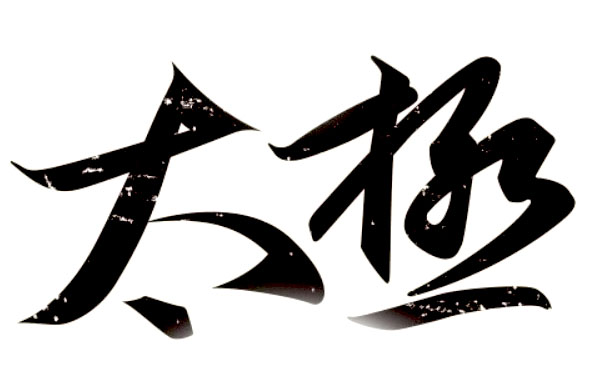What is Tai Chi Dantian Internal Rotation ?
The earliest reference to Dantian can be found in the "Huangting Jing," an important Taoist scripture comprising the "Inner View" and "Outer View" sections. It is believed to have been transmitted by the famous female Taoist practitioner Wei Huacun during the Western Jin Dynasty. The "Huangting Jing" first introduces the concept of "three Dantian": "Breathe into the Dantian between the hut and the palace," "Within the Dantian, the essence and qi are subtle," "Stand in the Ming Hall and look at the Dantian to open the gate of life." The text emphasizes the significance of the Lower Dantian, stating, "With essence or fetus, handle both sides, core and child combine to extend life and brilliance."





